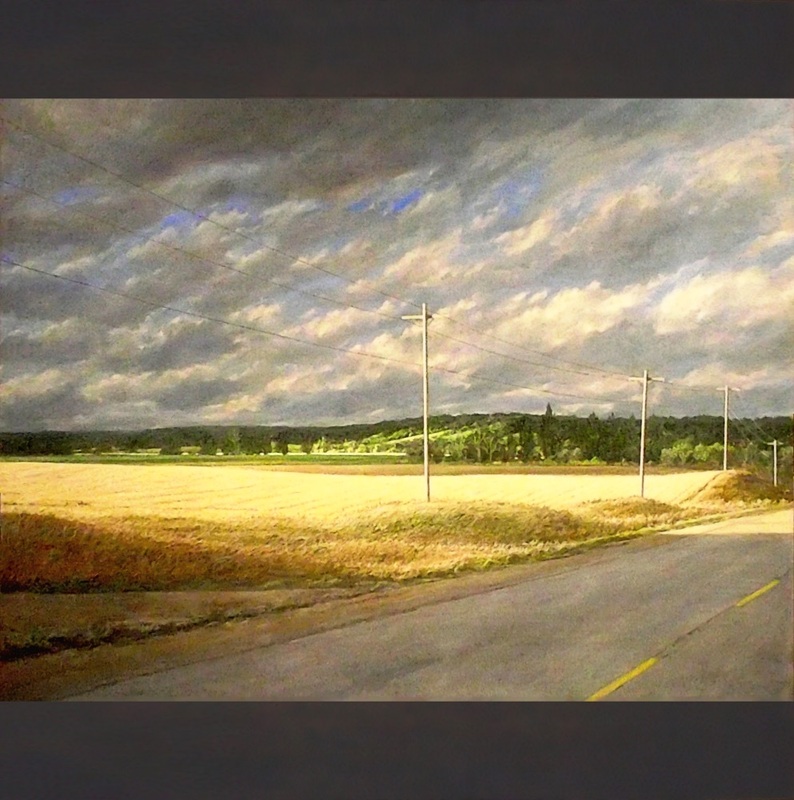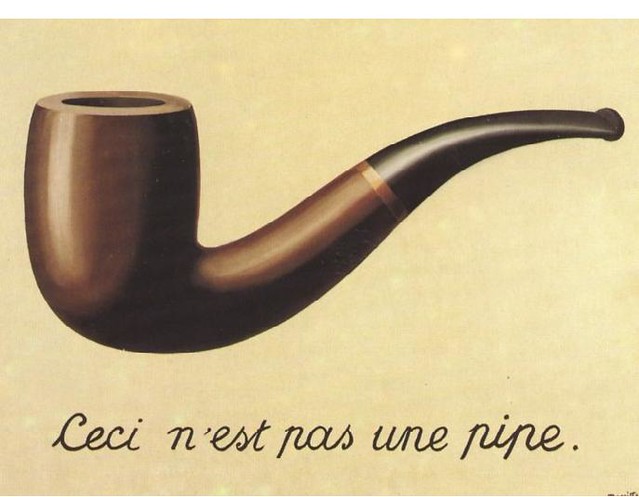Hello. I am reading Daido Loori's teaching on painted rice cakes here.. http://www.mro.org/mr/archive/22-1/a...ntedcakes.html . I've read on Dogen on and off for years, but somehow did not connect with him. Maybe it was getting introduced through Masao Abe's writings on Being Time, which fried my teenaged brain.. but I somehow couldn't hear him. Now it feels possible to hear him a bit so any help with this is appreciated.
Loori says this about Painted rice cakes.....
This is beautiful and maybe nothing more needs to be added, but I would love to hear more. I'm not looking for an explanation of the Five Ranks, just any reflections first hand on "...the image of the truth and the truth itself are completely interpenetrated, interdependent, mutually arising and non-hindering"
...anything from Taigu or Jundo would be appreciated, as well as any sharing from fellow student stumblers.
Gassho
Daizan
Loori says this about Painted rice cakes.....
Dogen is saying that the image of the truth and the truth itself are completely interpenetrated, interdependent, mutually arising and non-hindering. All of his teachings manifest this level of appreciation of the nature of dualities and oneness. All of his teachings are phrased within the matrix of the Five Ranks of Master Dongshan. Whether we are talking about the dualities of absolute and relative, heaven and earth, good and evil, man and woman, monastery and world, stillness and activity, or zazen and enlightenment, the same applies. The picture is reality, reality is the picture. Dogen presents very clearly the non-dual conception of picture and reality.
...anything from Taigu or Jundo would be appreciated, as well as any sharing from fellow student stumblers.
Gassho
Daizan






Comment